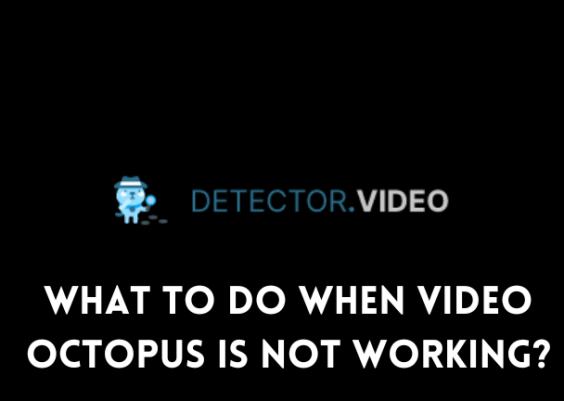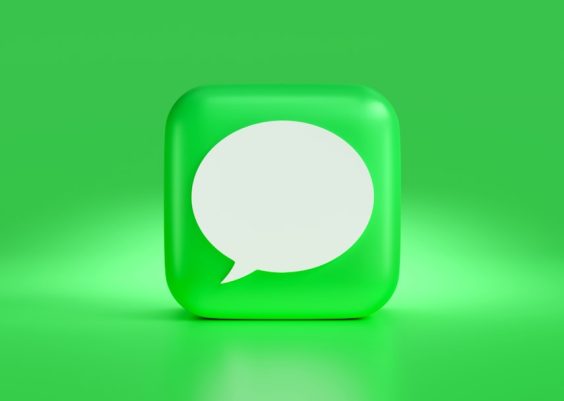Modern organizations are facing an increasing challenge: keeping employees engaged in a rapidly changing and highly digital work environment. While traditional approaches to employee engagement—like annual surveys, bonuses, and team-building events—can still offer value, they are often not enough to maintain high levels of motivation and productivity. This is where gamification steps in as a powerful and innovative strategy.
Gamification, in essence, is the application of game design elements in non-game contexts. When applied thoughtfully, it can revolutionize how companies motivate, retain, and empower their workforce.
Contents
The Science Behind Gamification
Gamification taps into basic human psychology and behavior. People are naturally drawn to challenges, rewards, and recognition. By introducing elements such as points, levels, badges, and leaderboards into everyday work processes, companies can make tasks more interactive and rewarding. These elements generally appeal to three core human drivers:
- Achievement — The desire to accomplish goals and be recognized for efforts.
- Progression — The human need to grow and advance in a visible way.
- Social connection — Interacting and competing with peers in a positive environment.
Studies have shown that gamification can increase engagement by up to 60%. However, its effectiveness depends heavily on implementation. The strategy must align with company culture, employee preferences, and business goals.
Real-World Applications in Employee Engagement
Several high-performing organizations have already embraced gamification with impressive results. Here are a few modern applications that showcase its versatility:
- Onboarding: Transforming new hire orientation with interactive modules, progress bars, and completion milestones helps ease the transition and boosts information retention.
- Training and Development: Interactive learning paths, along with quizzes and badges, encourage employees to complete educational materials and improve their skills.
- Sales and Performance: Leaderboards, challenges, and real-time feedback foster healthy competition and drive goal achievement among sales teams.

For example, one multinational tech company implemented a gamified sales dashboard that tracks calls, demos, and deals won. Sales representatives earn points which can be exchanged for rewards or recognition. The result was not only a boost in productivity but also higher job satisfaction and lower turnover rates.
Benefits of Gamification in the Workplace
Implementing gamification effectively can bring a range of strategic benefits, including:
- Increased Motivation: Employees feel more engaged when their work includes challenges, goals, and the prospect of visible recognition.
- Better Learning Outcomes: Gamified training improves knowledge retention and encourages continual upskilling.
- Enhanced Team Collaboration: Leaderboards and team-based challenges promote collaboration and camaraderie.
- Real-Time Feedback: Gamification allows employees to receive instant feedback, which is crucial for growth and improvement.
It is crucial to note that the rewards do not always have to be monetary. Often, recognition, badges, and advancement within a gamified system can be just as motivating as financial incentives.
Potential Pitfalls to Avoid
Despite its many advantages, gamification is not a magic bullet. Poorly designed systems can lead to the opposite of engagement: demotivation, stress, or even resentment. Here are some common pitfalls:
- Overemphasizing competition, which may alienate less aggressive employees.
- Focusing only on extrinsic rewards rather than intrinsic motivation.
- Lacking a clear purpose behind game elements, turning the system into a gimmick rather than a strategic tool.

To avoid these issues, it is imperative to design gamification strategies with inclusivity, relevance, and feedback loops in mind. Engaging employees in the design and testing phases can also improve adoption and effectiveness.
Conclusion
In an age where employee attention is divided and motivation can be fleeting, gamification offers a dynamic and evidence-based approach to boost engagement. When integrated thoughtfully and aligned with business goals, gamification can foster a more motivated, innovative, and satisfied workforce.
As organizations continue to navigate hybrid work models and increasingly complex operational environments, adopting gamification—from onboarding to professional development—can be a key differentiator. With the right strategy and intent, gamification is not just a trend but a transformative force in employee engagement.




